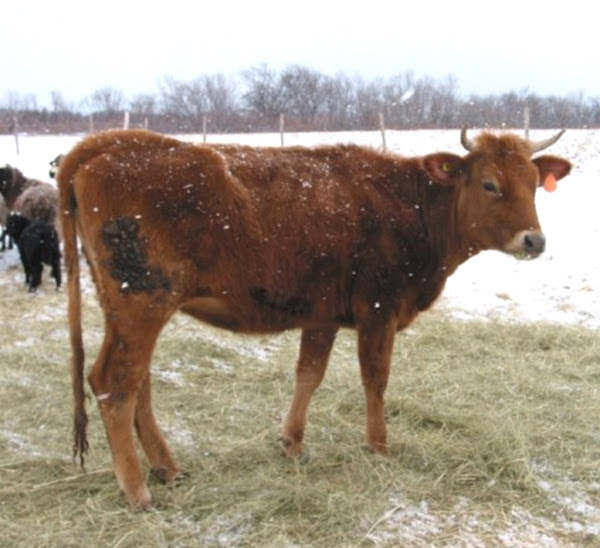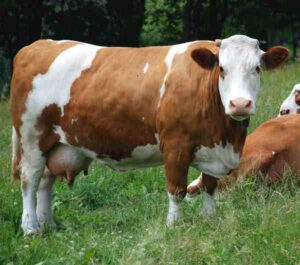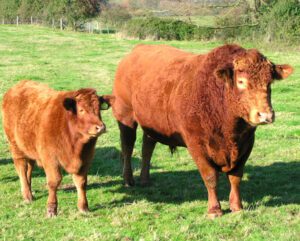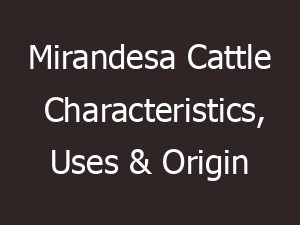The Canadienne cattle are a dual purpose animal, but they are raised mainly for milk production. It is the only breed of dairy cattle developed in Canada. It is also known by some other names such as Black Canadienne, Black Jersey and French Canadienne.
It was originated in the 16th century when French settlers brought cattle over for foundation stock to settle Canada. The Canadienne cattle were the most common domestic cattle breed in Canada until the late 19th century.
At that time other cattle breeds began to displace them. It is believed that the Canadienne cattle come from the same general ancestry as the Jersey, Kerry and Guernsey cattle.
The Canadian Parliament discovered that the vast majority of cattle in Quebec were Canadienne in 1850. So they began to discourage the breed and soon the breed received competition from other cattle breeds.
A couple men created a herdbook in 1886 and then French Canadian Cattle Breeder’s Association was formed in the year of 1895 for preventing the breed from becoming extinct.
Then the Canadienne cattle gained recognition later in 1901 for being the most profitable dairy breed in the Pan-American show in Buffalo, New York. Currently, the Holstein and Hereford cattle have become the most common and popular type of dairy cattle in Canada.
Although the Canadienne cattle are still found on farms and ranches across the nation, but are now completely rare except in certain portions of Quebec Province. Read more information about the breed below.
Canadienne Cattle Characteristics
Canadienne cattle are small to medium sized animals. They usually have black or dark brown coats with lighter colored muzzle, topline and udder.
They can be either horned or polled. If horns are present, those will be long and upturned with darker colored tips. Many animals have a lighter colored stripe along the back.

Average live body weight of the mature cows is around 500 kg. And the mature bulls on average weight around 725 kg. Photo and info from Wikipedia.
Uses
The Canadienne cattle are mainly raised as a dairy cattle breed for milk production. But they are also good for meat production and also good for using for draught work.
Special Notes
The Canadienne cattle are very hardy and active animals. They were developed into a hardy, strong and compact dairy breed that could survive the harsh environment of Quebec.
The Canadienne cows are very good milkers. On average a cow can produce about 6800 kg of milk per lactation. They can even produce economically profitable milk in difficult conditions.
Their milk is of good quality containing about 4.35 percent butterfat and about 3.7 percent protein. Their quiet nature and hardiness made them very good animals to use for farm work.
Along with milk production, the breed has also been used for meat consumption. The breed was once also used for draught work. However review full breed profile of the Canadienne cattle in the following chart.
| Breed Name | Canadienne | |
| Other Name | Black Canadienne, Black Jersey and French Canadienne | |
| Breed Purpose | Mainly milk | |
| Special Notes | Hardy, strong, good for milk production, good milk quality, good for meat, for for draught work | |
| Breed Size | Small to medium | |
| Bulls | Around 725 kg | |
| Cows | Around 500 kg | |
| Climate Tolerance | Native climates | |
| Coat Color | Usually black or dark brown | |
| Horned | Yes or polled | |
| Milk Yield | Good | |
| Rarity | Common | |
| Country/Place of Origin | Canada |






